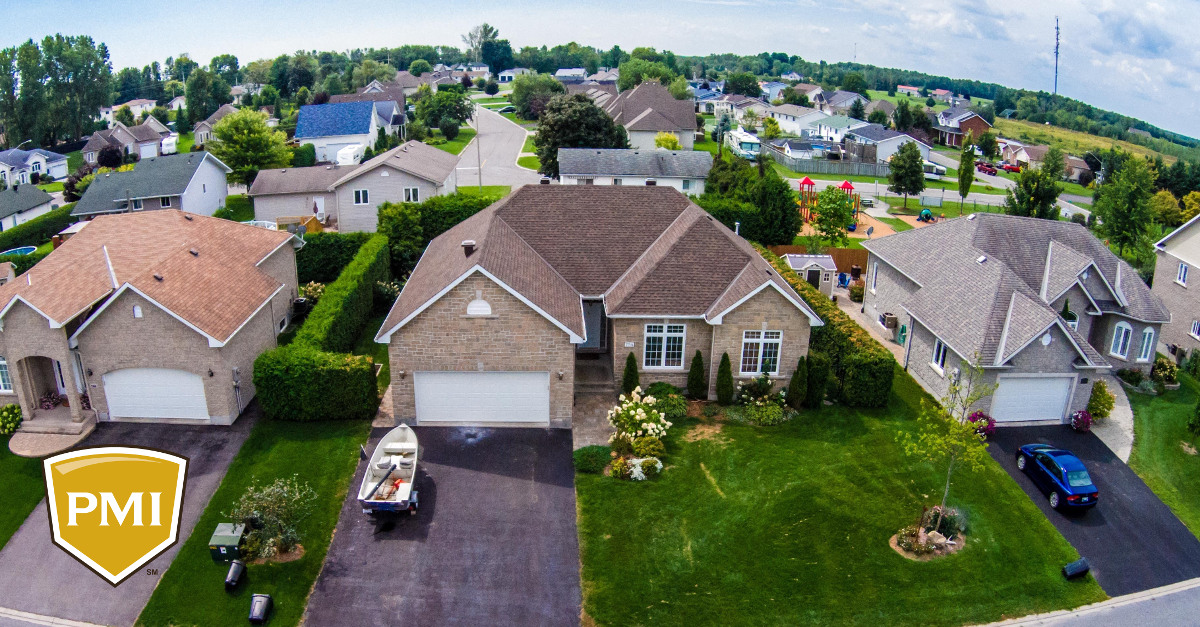
January 29, 2018
by Brian Birdy, PMI Vice-President
I enjoy reading the housing market forecasts each year to see what changes might affect my property management business, but I rarely make major business decisions based on these forecasts. By just looking at last year’s forecast it is easy to see how these are indicators of what might occur in the market. The 2017 housing forecast predicted: more inventory, a moderate price growth, an increase in new construction, and rise in mortgage rates. Very little about the housing market went as forecasted in 2017. Instead, we saw inventory tighten, home prices rise, continued low mortgage rates, and the pick-up in construction did not occur until the end of the year.
Influence of the Housing Market
By looking at housing market forecasts, we can infer how the predicted changes may impact the rental market. It seems safe to assume that if more people buy, then less will rent. Appears simple, but as usual nothing is as easy as it seems.
So, what can we derive from this year’s housing forecast that helps to create a clearer picture of what we may see in the rental market this year? Of the many 2018 housing market predictions, I believe there are four that provide the most insight into how the rental market will be affected.
- Housing Inventory will pick up slightly.
- Prices will continue to march higher.
- Sales will start slow and end strong.
- Homeownership rate will have a slight increase.
Additionally, there are other factors that need to be considered. New tax legislation has made it more expensive to own a home in high priced cities, making the rent vs. buy equation lean towards renting in many places. Millennials are wanting to buy homes, but they are still facing student loan debt, and high rent makes saving for a down payment challenging. Combined with the upward movement of mortgage rates, home ownership is out of reach for most millennials, increasing the demand for rentals.
An important factor to consider when forecasting the rental market is the rate of homeownership. 2004 saw homeownership soar to its highest recorded level at 69%, which later fell to the lowest rate in over 50 years in 2016, 62.9%. Last year found a small improvement to 63.9% and the predictions for 2018 have the year ending at 63.92%, not much of a move at all. This rate is not expected to change much over the next few years as the 2020 prediction is set at 64.02%. So, with lots of renters needing housing and the sales forecast not looking terrific, the rental forecast looks pretty good.
Supply of Real Estate Investment Opportunities
The availability of quality real estate investment opportunities is also something to consider when looking at the future of the market. The U.S. housing market is made up of many varied local markets across the country, and it is useful to look at the statistical data from these markets to see which areas will provide the best real estate investment. By looking at employment growth, population growth, increase in home values, and rental yield, we find that both Florida and Texas have multiple cities that rank among the best places to own rental property. Here is a list of the top 20 cities in which to own or purchase rental property in 2018:
- Orlando, Florida
- St. Petersburg, Florida
- Tampa, Florida
- Cleveland, Ohio
- Jacksonville, Florida
- Seattle, Washington
- Boise, Idaho
- Atlanta, Georgia
- Nashville, Tennessee
- Las Vegas, Nevada
- St. Paul, Minnesota
- Durham, North Carolina
- Phoenix, Arizona
- Richmond, Virginia
- Reno, Nevada
- Arlington, Texas
- Charlotte, North Carolina
- San Antonio, Texas
- Minneapolis, Minnesota
- Columbus, Ohio
Forecast
For rental property investors and property managers, 2018 looks to be slightly better than 2017, which turned out to be a strong year for the industry. I recommend that you target your properties and marketing to the millennial generation as they are most likely to create the demand for rental housing. But keep an eye open for the fastest growing demographic in the rental market, the 55-and-over group who are selling their homes and moving into rentals.










